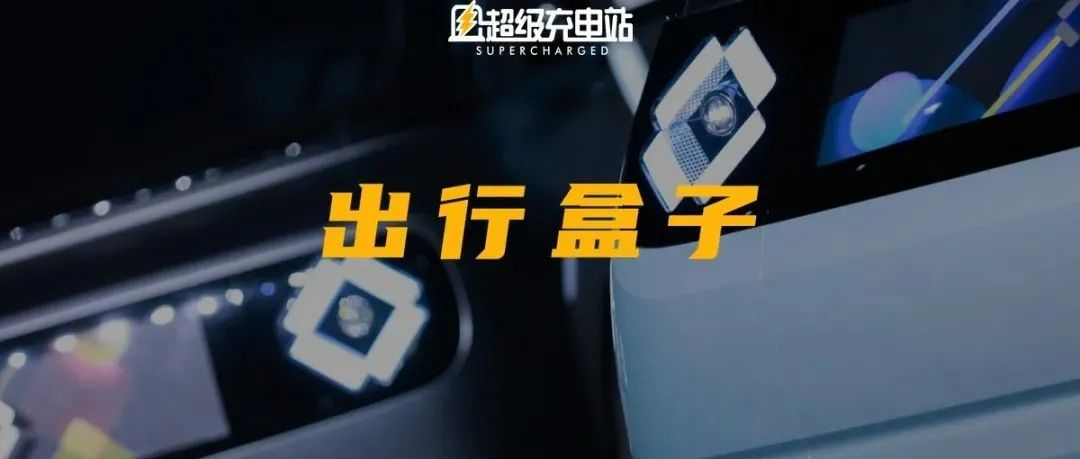People’s imagination of the future is always rich yet lacking in depth.
Despite technological advancements and the emergence of new car models over the years, people’s mental images of cars have remained fixed on traditional types like sedans, SUVs, and MPVs.
Even in science fiction movies where autonomous driving technology is already a reality, people’s vision of futuristic cars is limited to vehicles without drivers, spacious interiors that allow face-to-face seating, and the inclusion of numerous large screens to enhance the in-car entertainment experience.
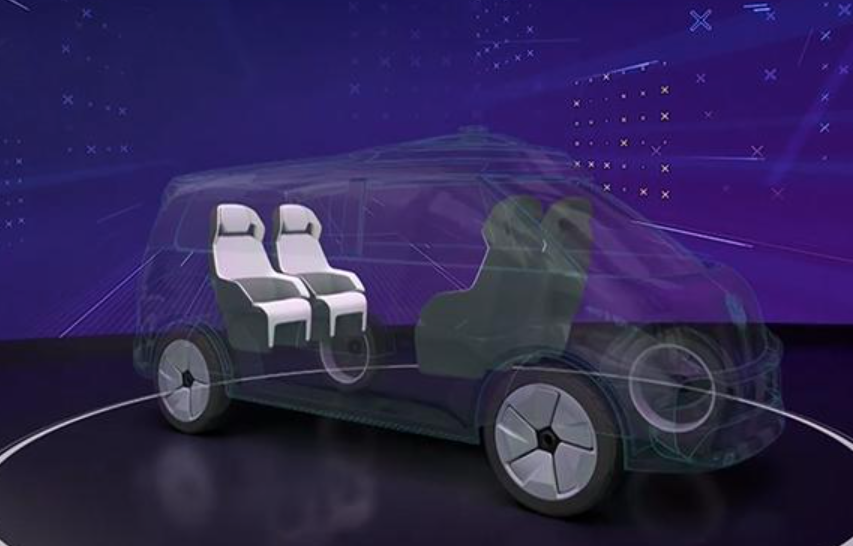
If we were to point out any significant differences, it might be that sci-fi films always depict unmanned vehicles as autonomous “boxcars,” enabling passengers to repeat work and daily routines in what is referred to as the “Intelligent Third Space” between point A and B.
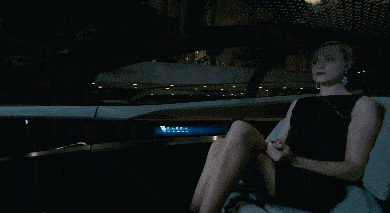
Science fiction movies are often people’s fantasies of the future, but they can also be a preview of reality.
Previously, Didi, in collaboration with BYD, introduced the D1, a special vehicle for the ride-hailing market, which resembled a boxcar.
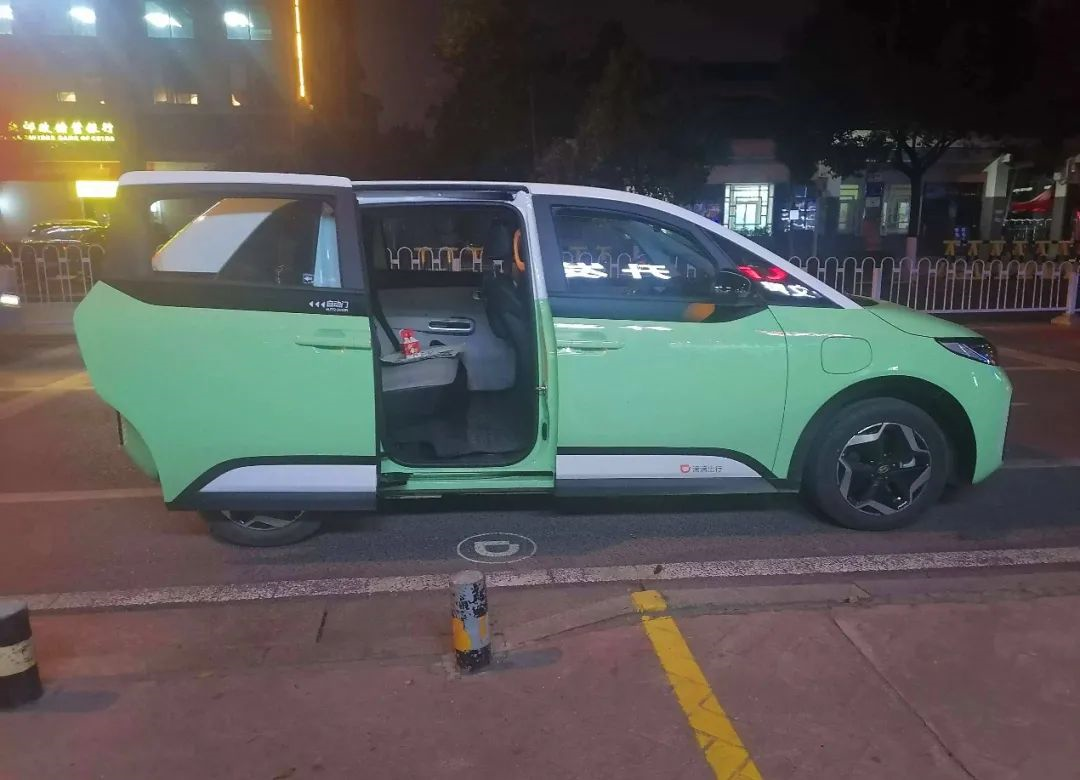
At the Guangzhou Auto Show last month, a significant number of new energy MPVs, led by the Haoqing Dreamer, signaled that the “boxcar” design would occupy a significant proportion of future car design trends.
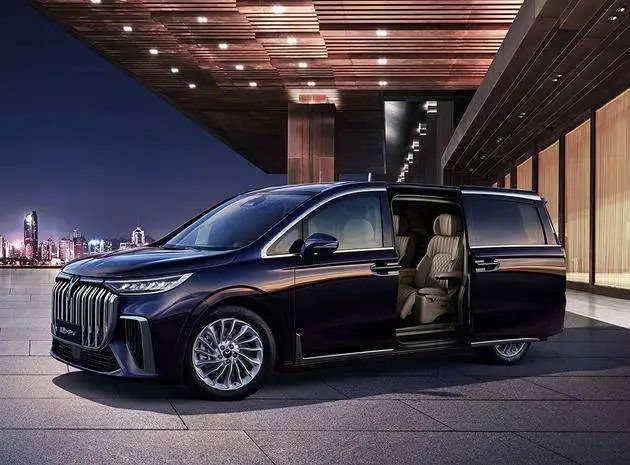
Today, another new Chinese carmaker unveiled new cars, and more interestingly, the company is called “ZhiXing Boxcar” (hereinafter referred to as Boxcar).
The King of the B-Side Track?
The mobile internet has given rise to ride-hailing services. Nowadays, people can hail a car with their phones for everyday travel without owning a car themselves.
For car manufacturers, the national B-side ride-hailing market has millions of vehicles in operation, which they cannot afford to ignore. The former Beijing Automotive Industry Holding Corporation (BAIC), an electric car manufacturer, achieved seven consecutive years of domestic electric car sales by promoting its vehicles to the B-side market.
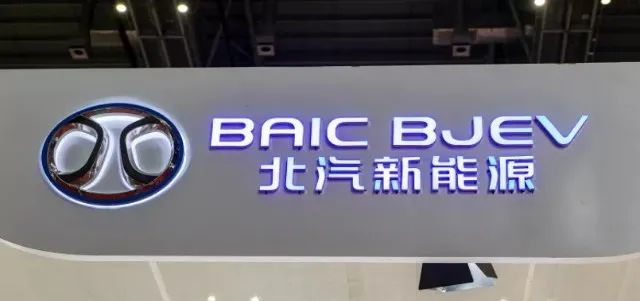
However, those with the wisdom of experience will undoubtedly remember the “oil-to-electric” vehicle models that BAIC previously promoted in the B-side market, which were simple and crude.For passengers, the large battery occupying a lot of space inside the car leads to an uncomfortable riding experience, with the rear seats resembling “stools”.
Many of my friends around me have stated that they would immediately cancel or switch to another car when hailing a BAIC New Energy vehicle using DiDi.
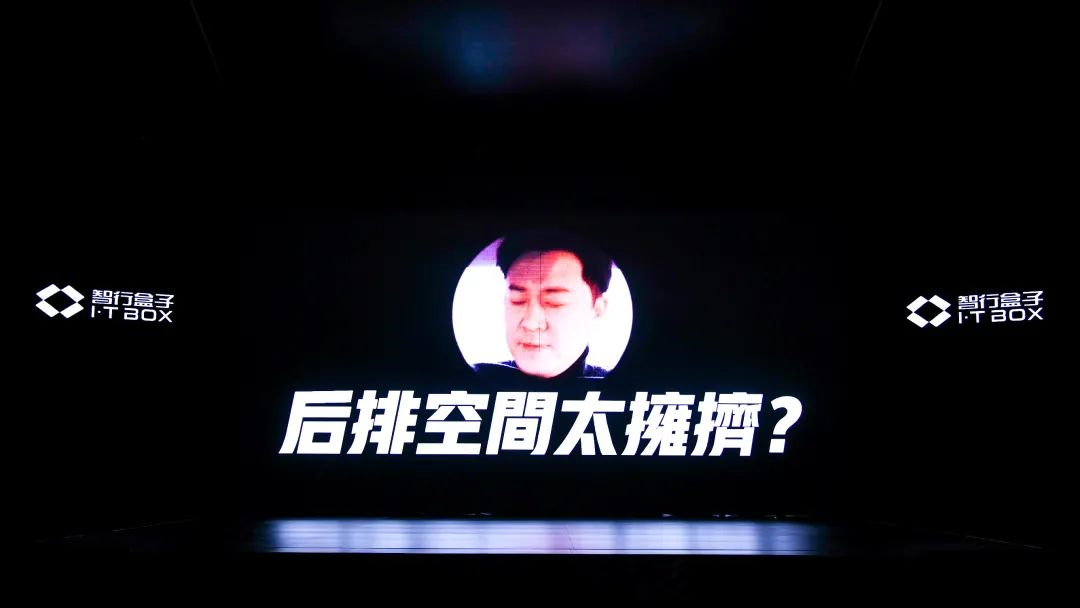
For drivers, the limited driving range and inaccurate displayed range of these vehicles make them worry about charging and unable to use air conditioning in winter.
The “range anxiety” of electric vehicles is believed to have originated from this.
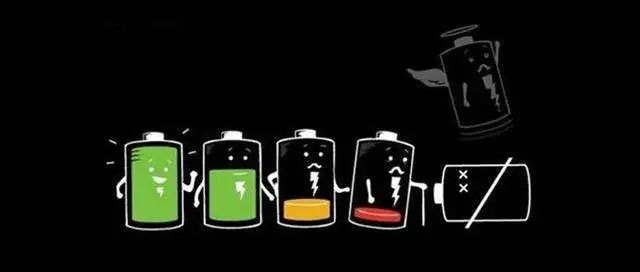
Although it is already 2021, domestic electric vehicles have moved beyond the early stages of development driven by policies and into a stage where quality is being compared. However, the ride-hailing market still gives people an impression of cheap and low-end, with manufacturers launching dedicated models for this market such as Xpeng N5 and WM Motor E.5 that are “economically equipped”.

The protagonist of today, HeBox Auto, is aiming to fill this market gap by creating more intelligent and better riding experience electric vehicles for the B-side ride-hailing market.
HeBox Auto’s founder and CEO, Zhang Shuguang, even made a bold statement: “to become the king of the B-side race track.”
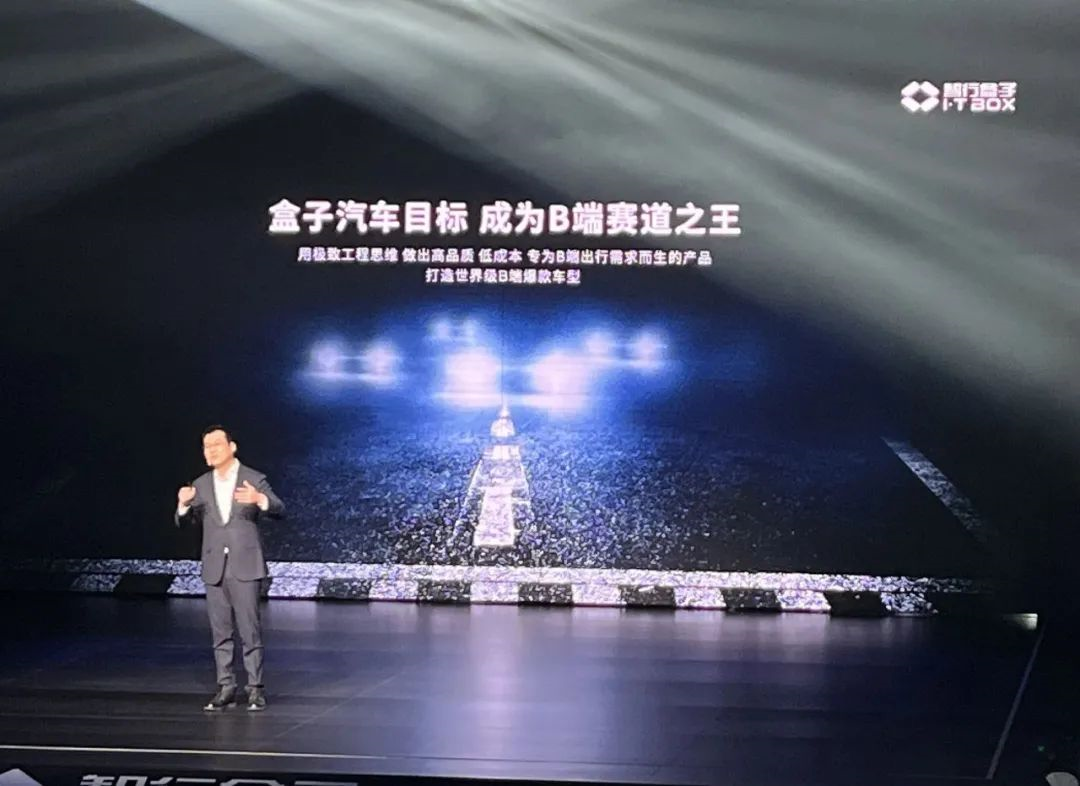
As a result, we welcome two new cars that really look like a box – BM-400 and BM-600.
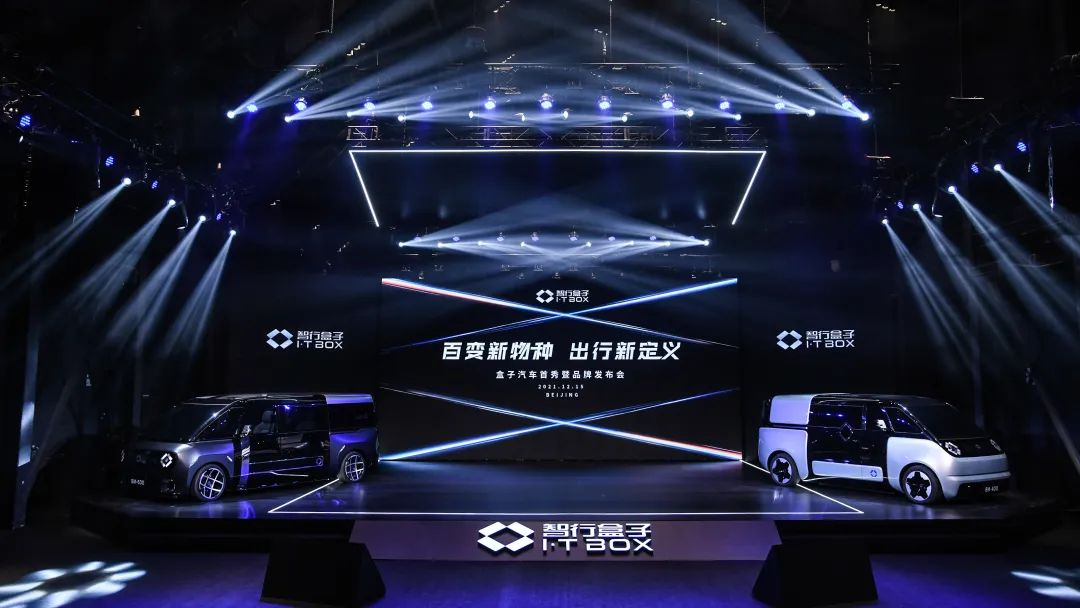
Among them, the BM-400 adopts a three-row five-seat layout with a vehicle length, width, and height of 4530/1900/1790 mm, a wheelbase of 2850 mm, and two NEDC driving range versions of 420/530 km. It supports 600V high voltage fast charging and battery swapping and is expected to be launched for sale in the fourth quarter of 2023.
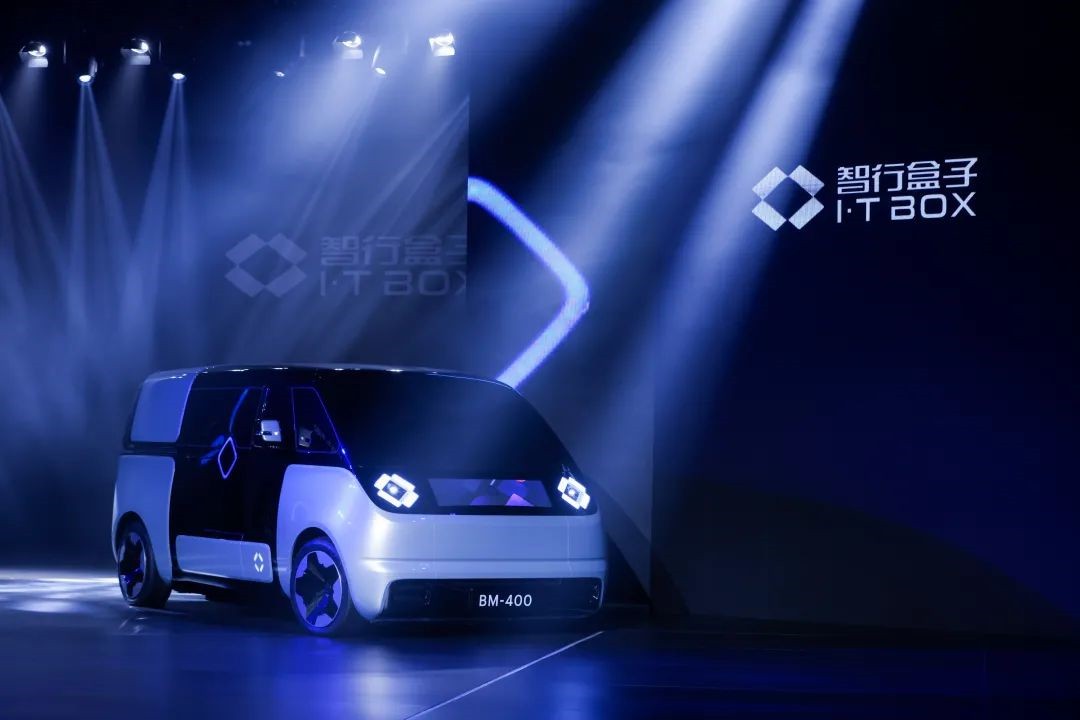 The larger BM-600 uses a three-row six-seat layout with a body size of 4900/1900/1790 mm and a wheelbase of 3100 mm. It has a NEDC range of 600 km and supports 600V high-voltage fast charging. It is expected to be launched in the third quarter of 2024.
The larger BM-600 uses a three-row six-seat layout with a body size of 4900/1900/1790 mm and a wheelbase of 3100 mm. It has a NEDC range of 600 km and supports 600V high-voltage fast charging. It is expected to be launched in the third quarter of 2024.
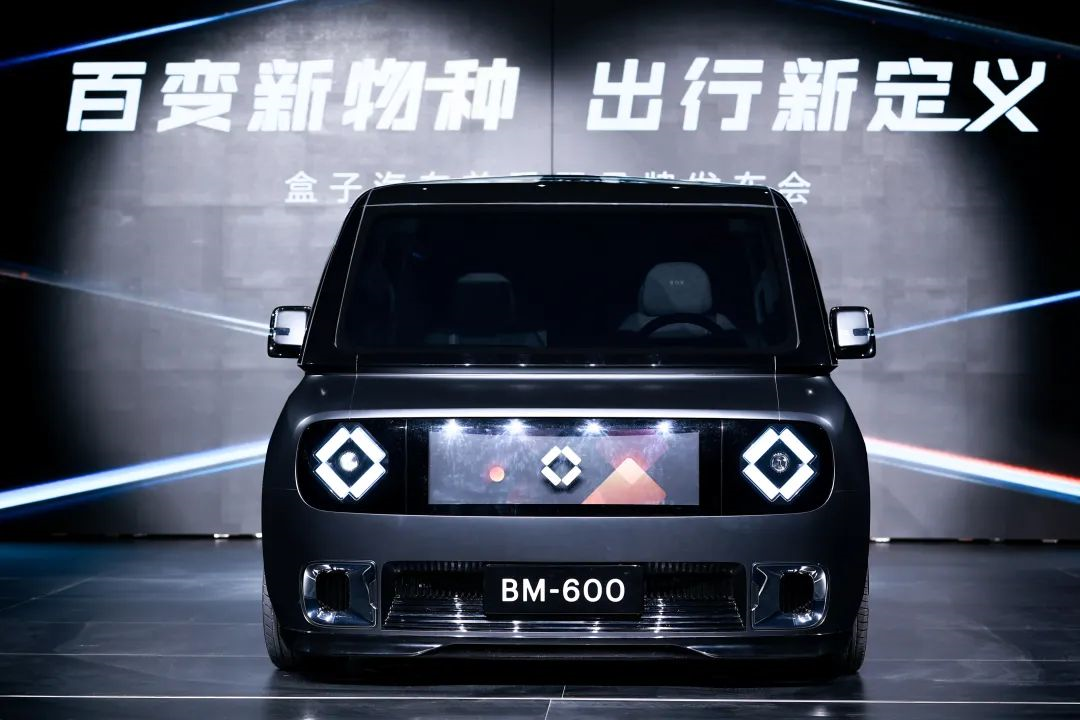
The focus of this press conference is on the BM-400, which is closer to market launch. Let’s take a closer look at the highlights of this boxy car.
There is no need to introduce the exterior design too much. The BM-400’s square shape can be associated with keywords such as “square” and “box” at first glance.
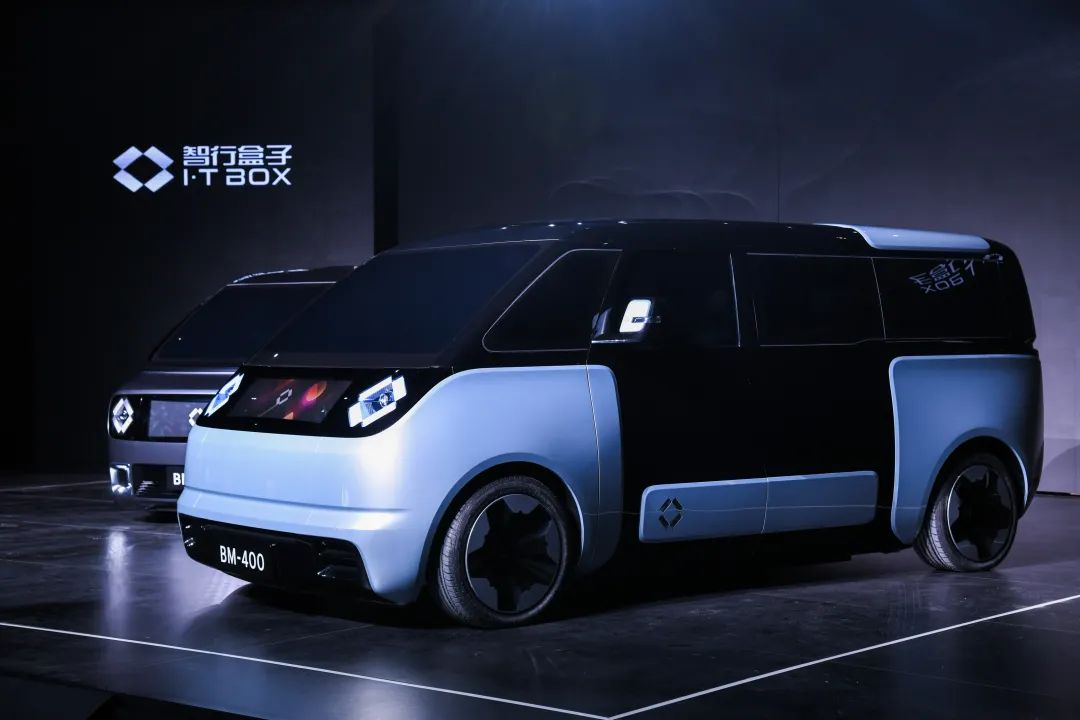
The new car is built on Boxcar’s self-developed “Octopus” 1.0 platform. The front and rear suspensions have been greatly shortened, and the 4500 mm body has a 2850 mm wheelbase to ensure sufficient interior space.
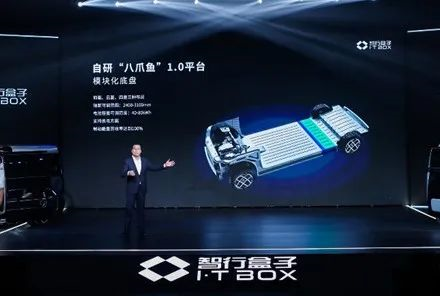
Not only does the appearance resemble a box, but the front and rear light groups, windows, and mirrors of the new car are all designed with square elements, which is also Boxcar’s logo.
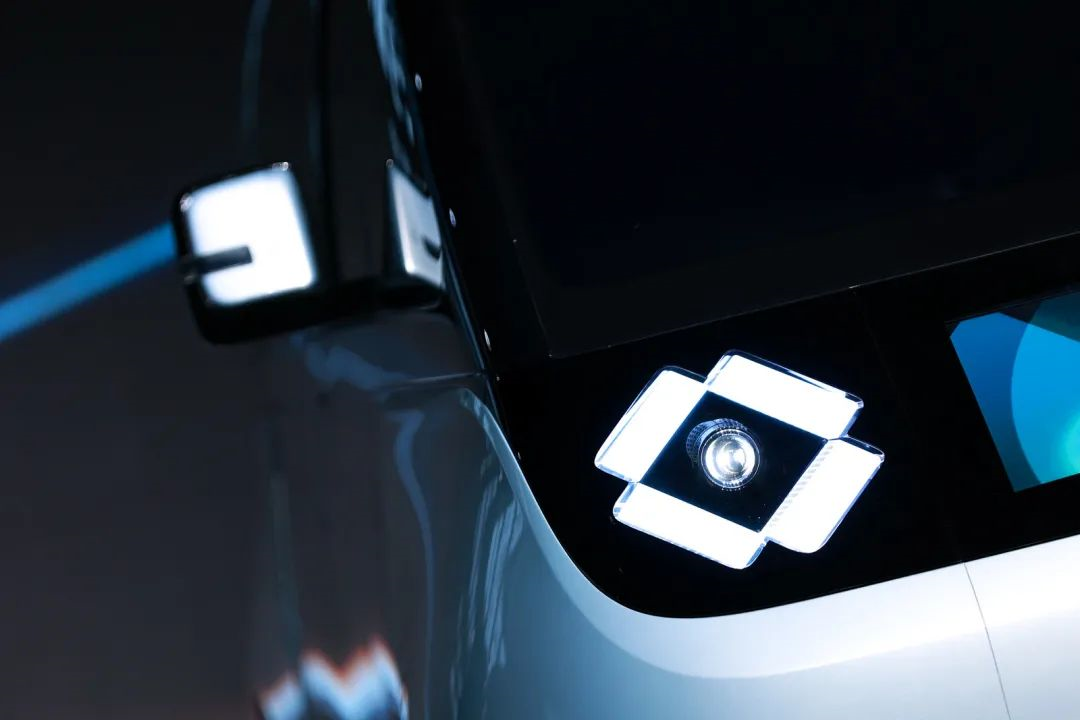
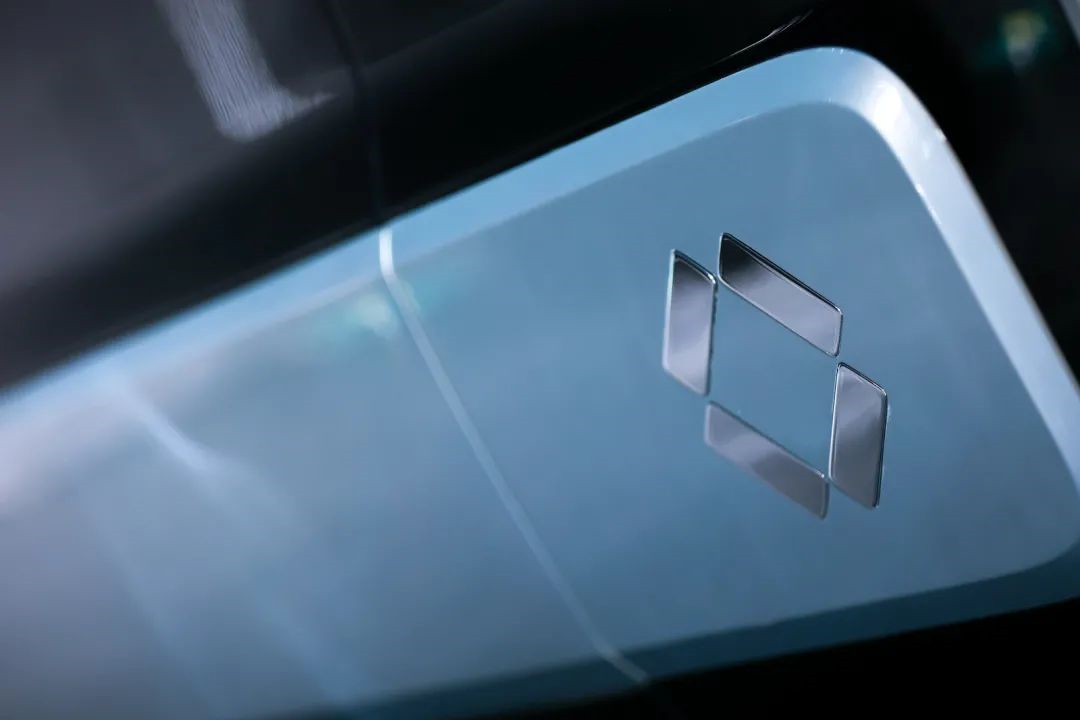
At the same time, the vehicle has a display screen on the front and rear respectively, displaying information such as parking, boarding, and alighting, which improves the sense of technology and safety.
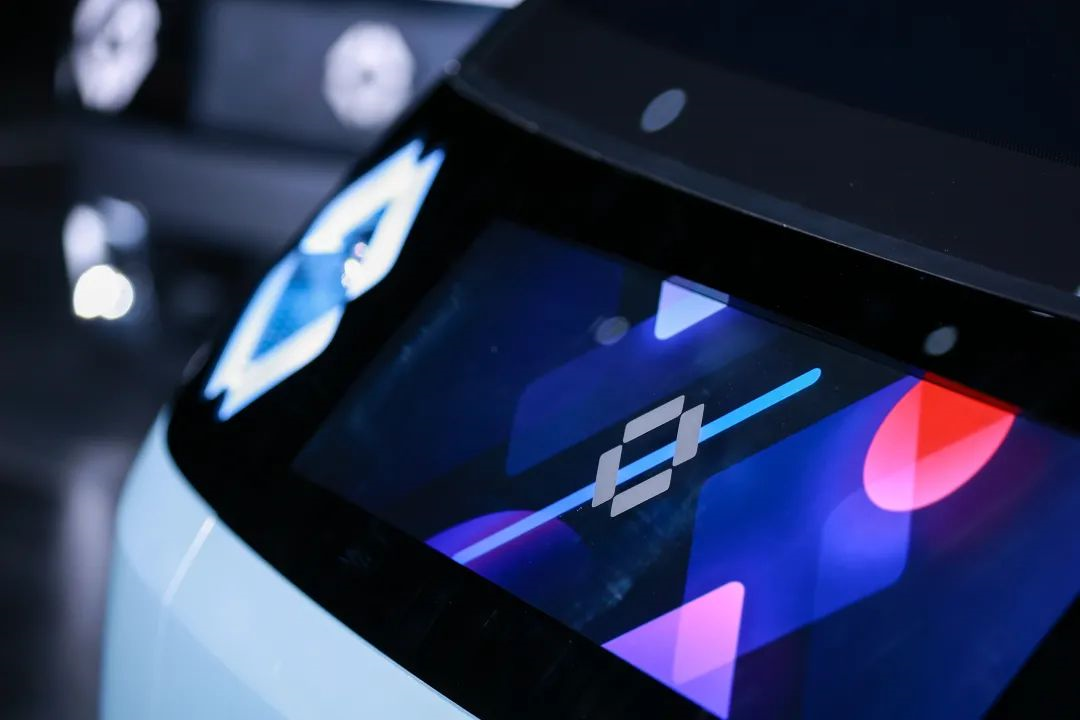
In addition, due to its target market of ride-hailing services, the BM-400 only has a driver’s door on the left and a passenger door on the right, without a front passenger door or a left-side door. This design is very suitable for daily ride-hailing scenarios, but it is unclear whether it meets regulatory concerns.
Compared to the innovative exterior, the BM-400 has a more daring interior design: it uses a three-row, five-seat L-shaped seating layout and eliminates the front passenger seat.
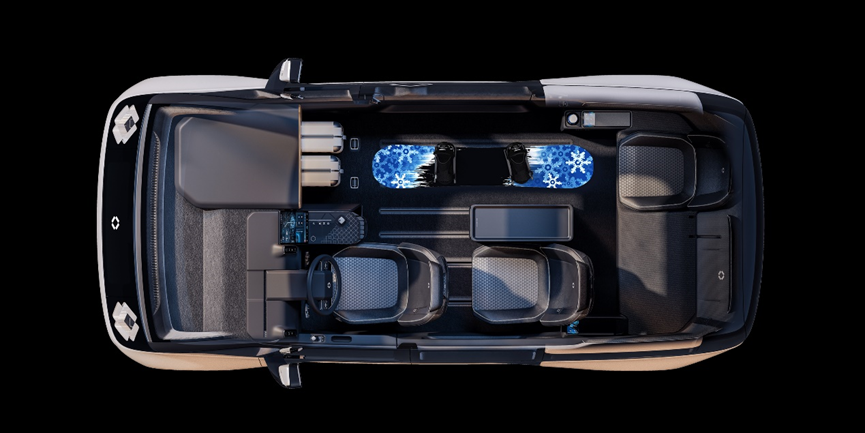 Regarding the situation that the utilization rate of the front passenger seat of most taxis and ride-hail cars is not high, Hezi New Car only sets the left side seat in the first and second rows, while the three seats of the rear row of traditional vehicles are moved to the rear of the BM-400.
Regarding the situation that the utilization rate of the front passenger seat of most taxis and ride-hail cars is not high, Hezi New Car only sets the left side seat in the first and second rows, while the three seats of the rear row of traditional vehicles are moved to the rear of the BM-400.
This internal layout makes it so that when the right car door is opened, what appears before the passenger is not the rear seats but a “middle corridor” that can accommodate two 28-inch suitcases:
This not only makes getting on and off the car more convenient, but passengers can also directly bring their luggage onto the car without having to go specifically to the trunk. Additionally, in front of this “corridor,” convenient facilities such as vending machines can be installed.
Hezi has also emphasized that the BM-400 is the only mass-produced car in the world that enables direct wheelchair access, providing convenience for people with disabilities.
However, relying solely on uniquely designed products is obviously not enough to support the ambition of becoming the “king of the B-end market”.
At the moment when the product is still in its infancy, Hezi is more bringing people’s imagination of new forms of the future travel market.
Rich business formats and challenges
In the current market environment, the demands of operators, drivers, and passengers in the ride-hail market are relatively simple.
-
On the operator side, the main profit model is taking a cut from ride fares, and only needs to expand scale and market share as much as possible.
-
On the driver side, the demand for vehicle models is economical and durable, in order to obtain the maximum number of customers with the lowest financial and time costs.
-
For passengers, the biggest demand is still to move from point A to point B as efficiently as possible. Riding experience and value-added services are not essential.
In Hezi’s vision, future ride-hail products need to provide high-quality services for these three groups of people through better experiences and richer intelligent functions:
For consumers, based on the unique layout of Hezi’s new cars, they can experience a more comfortable ride. Meanwhile, the car’s large screen, vending machine and other hardware configurations are linked with Hezi HIGH DO system, providing more value-added services related to video, consumption, and other aspects during their journey.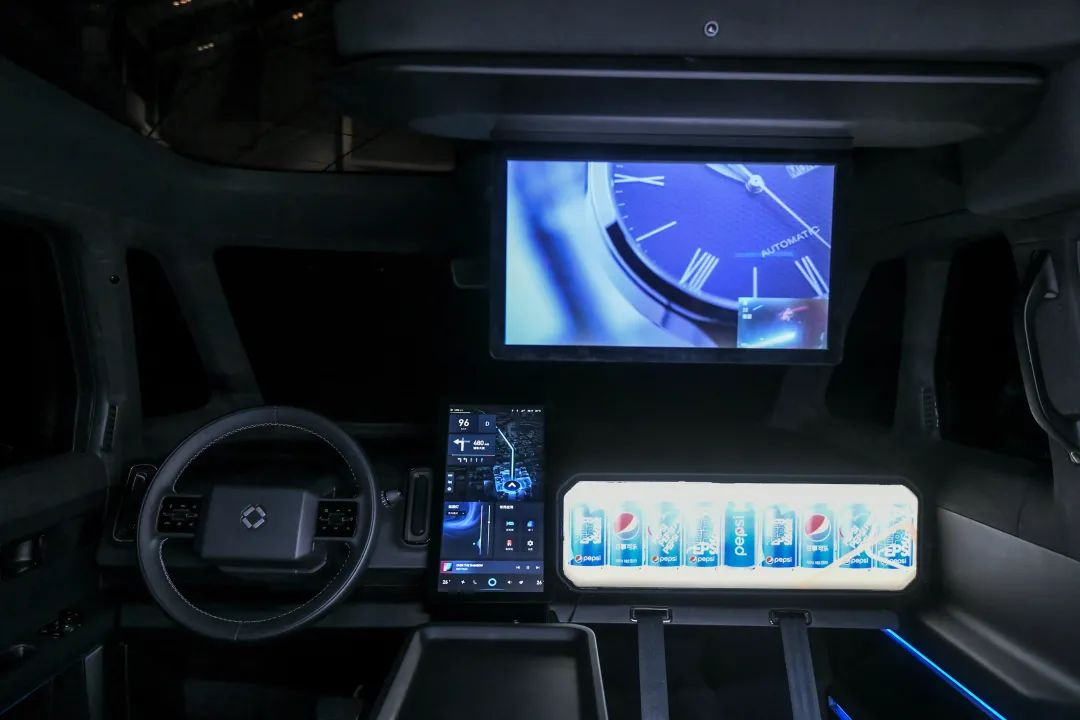
For drivers, the advantages brought by HeBox cars are to “run a little more and repair a little less”: 600V fast charging and battery swapping solutions bring faster energy replenishment efficiency, and the full-vehicle electrification optimized energy-saving strategy can dynamically increase the range by 20 kilometers.
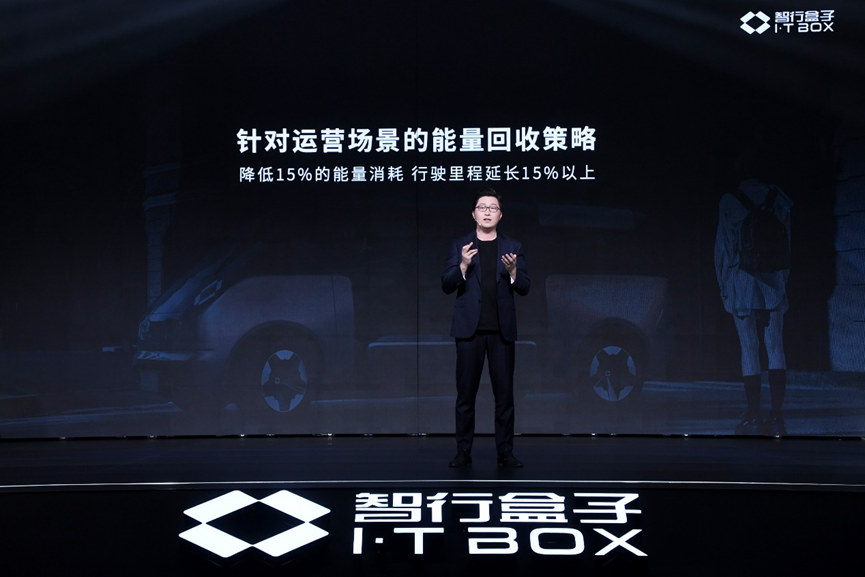
In addition, under the premise of standard parts and interfaces, HeBox cars can self-replace front and rear bumpers and other covering parts for 75%-80% of minor scratches, which can be completed independently by the driver, greatly reducing maintenance costs.
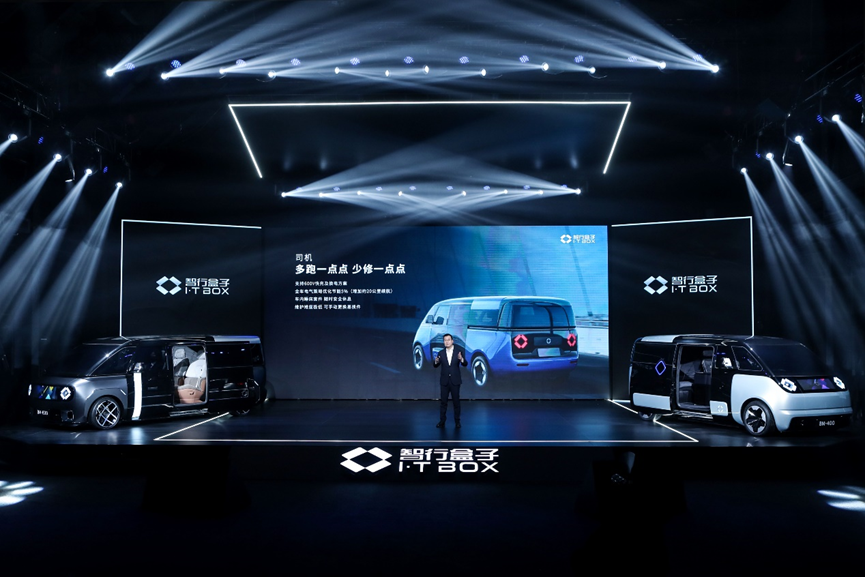
At the same time, in response to the reality that ride-hailing drivers in China operate for 14 to 16 hours per day, HeBox cars will develop a living package specifically for drivers to facilitate rest and relieve work fatigue.
For ride-hailing operators, in-car audio and video, advertising, and vending machine businesses can also bring more profit growth points.
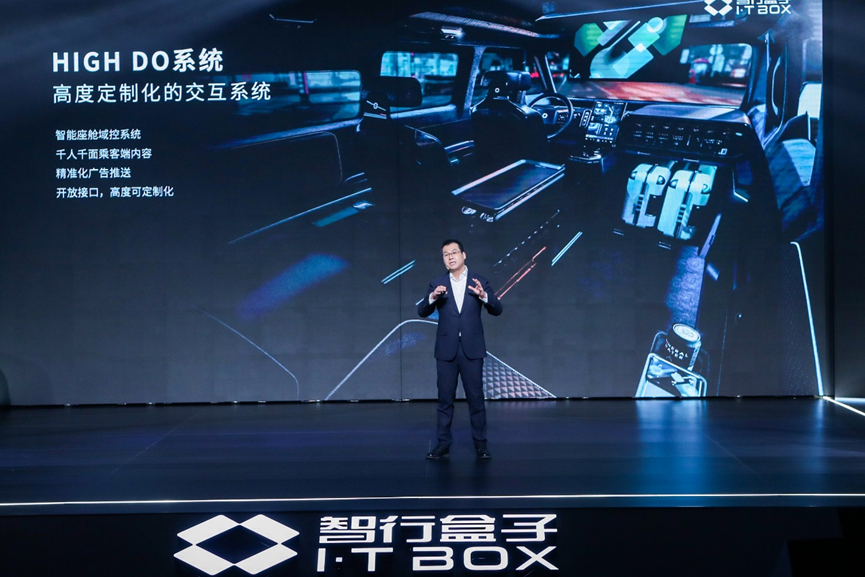
In short, in terms of the business model, relying solely on selling cars to make money is not enough. This is the confidence and motivation of HeBox cars to become the “king of the B-side market” by following Tesla’s example and relying on value-added services to gain more profit growth points, become a smart urban travel service provider, and form a symbiotic industrial chain from four dimensions:
First, cities, providing smart travel solutions for future urban construction and creating urban business cards.
Second, passengers, providing comfortable travel experience and services for billions of people traveling each year. Currently, the number of people taking taxis in China every year is billions of people-time, and HeBox cars only need to occupy 10% to 20% of the market share to have enough development potential.
Third, operators, providing operators with more profit models and enhancing their market competitiveness.
Fourth, drivers, providing drivers with a safer and more comfortable driving environment and a richer source of income.
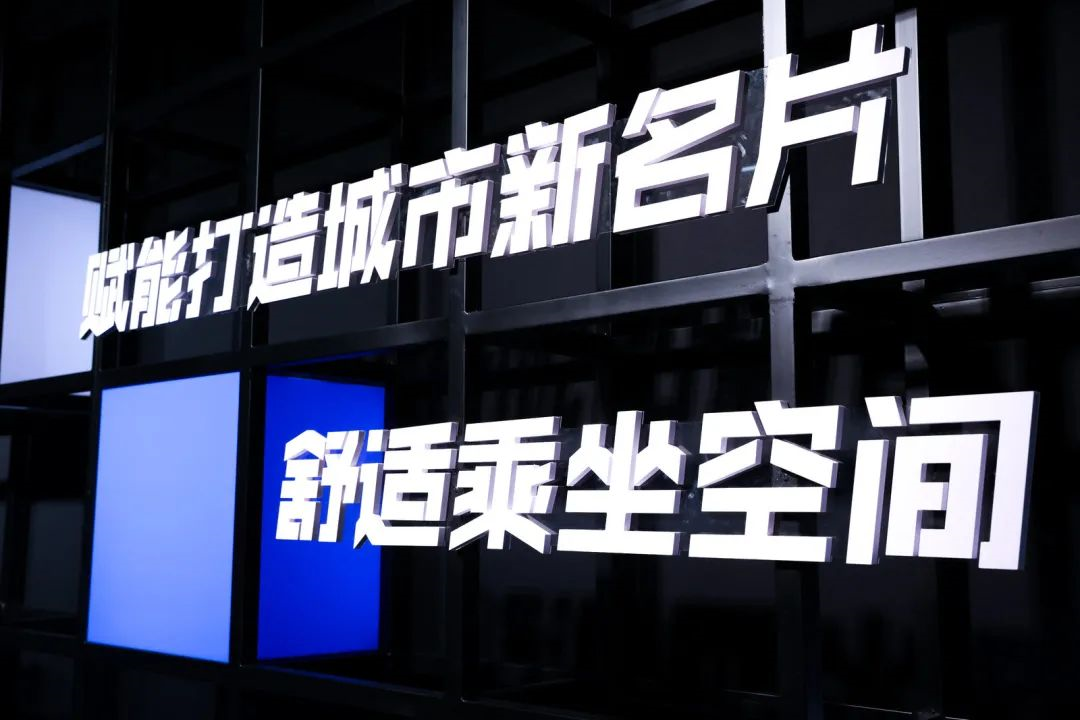
However, ideals are lofty, and there are still many uncertainties in reality.Although Boxcar has received 42,000 pre-orders for BM-400, it should be noted that this is still just an intention. For example, the total sales of the Byd D1, a ride-hailing specific vehicle jointly created by Byd and Didi, from January to October this year was only over 8,000.
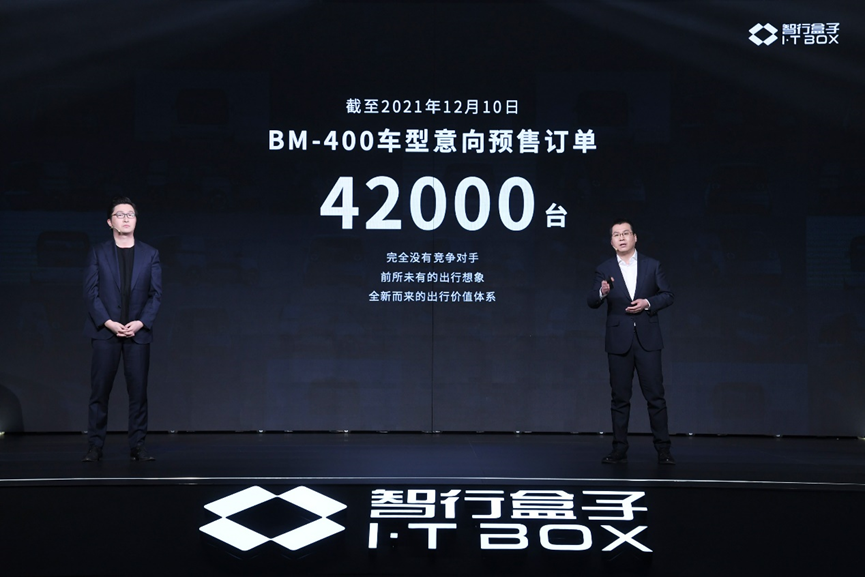
Moreover, looking at today’s market, no car manufacturer has truly succeeded in establishing a business model relying solely on the B-end ride-hailing market.
As the saying goes, to occupy a sufficient share in the ride-hailing market, it is not only achieved by simply relying on innovative products.

On Boxcar’s official website, we can also see the poster above. We can indeed find many innovations in Boxcar’s new product form that cater to the specific needs of ride-hailing.
The needs have been met, and whether or not commercial success can also be achieved, we will have to wait for time to give us the answer.
This article is a translation by ChatGPT of a Chinese report from 42HOW. If you have any questions about it, please email bd@42how.com.
